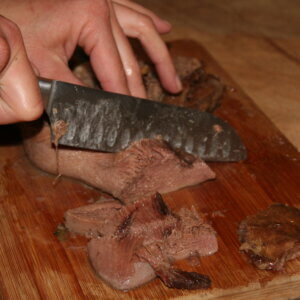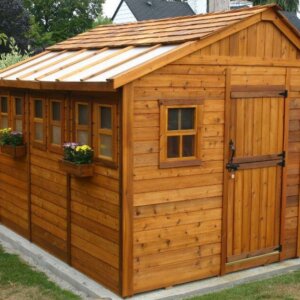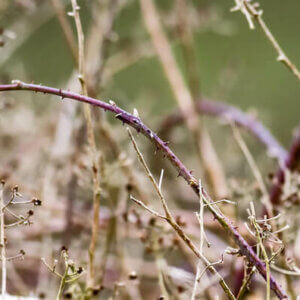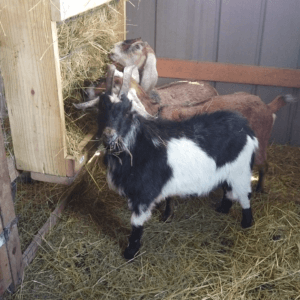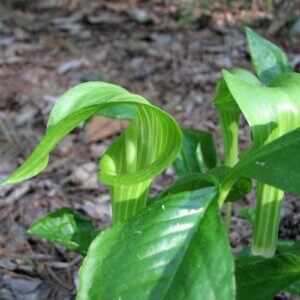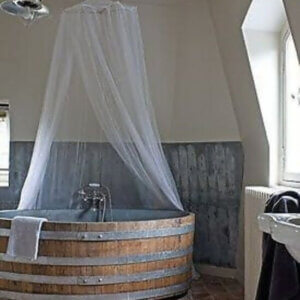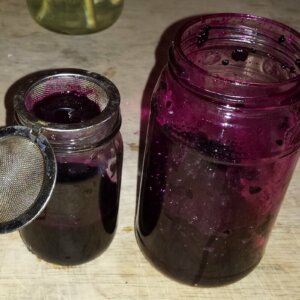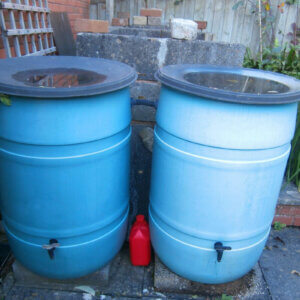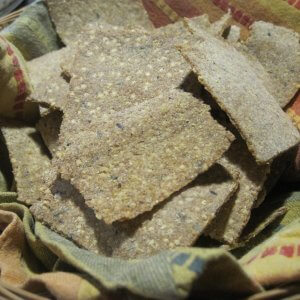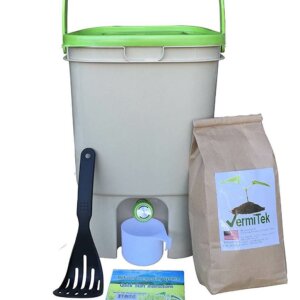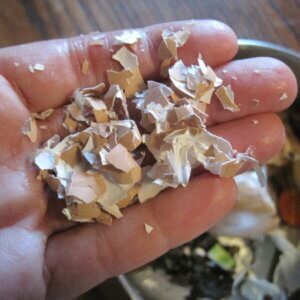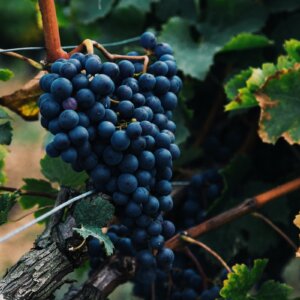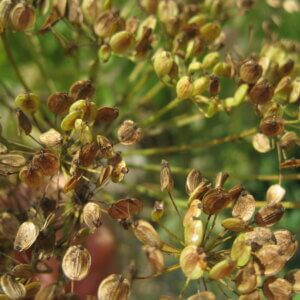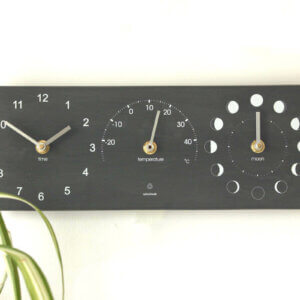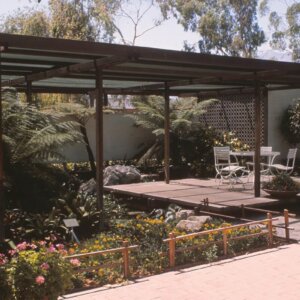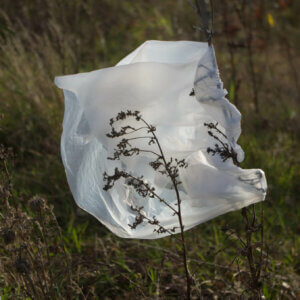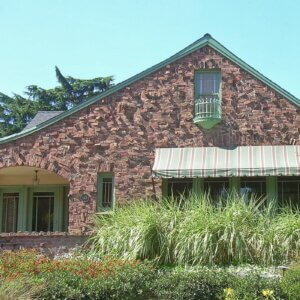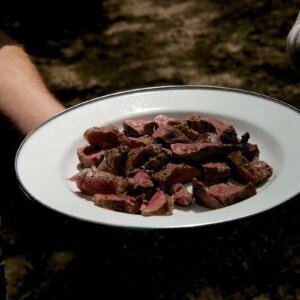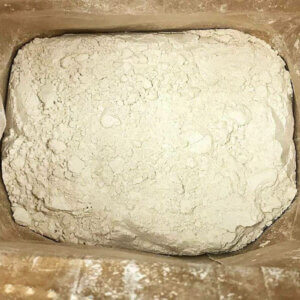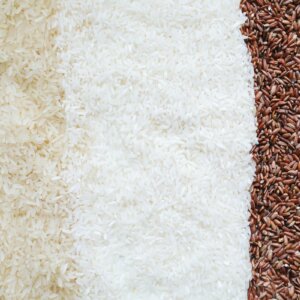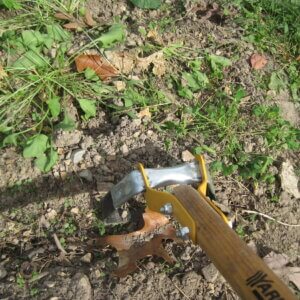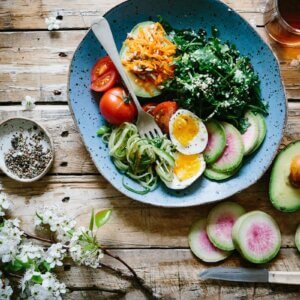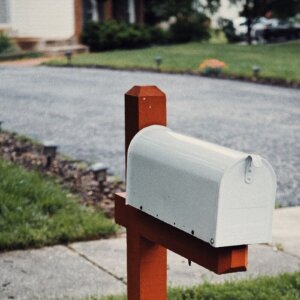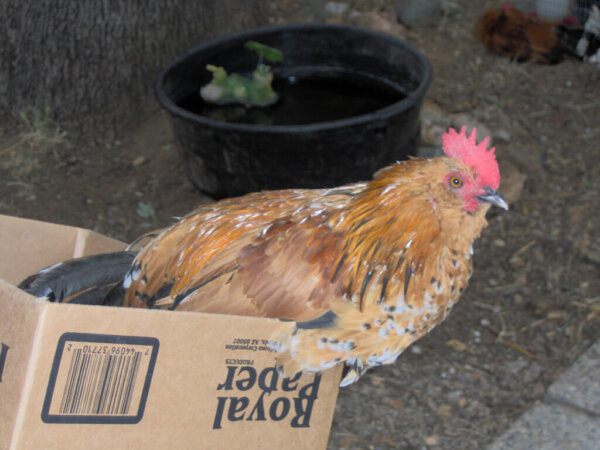
- Purpose: Keep As Pet
- Eggs: Cream
- Egg Size: Small
- Color: Black, White, And Gold Spotted
- Comb Type: Rose Comb
Not all chickens need be strictly utilitarian. For some keepers, the companionship and entertainment of these beautiful birds may be enough!
If you are looking for a sprightly, personable little chicken that would love to spend time with you and march around your backyard with its tiny booted feet, look no further than the pint-sized Barbu d’Uccle.
For chickens that are easily handled, you can’t do better than these bantam-sized birds. The tame nature of these chickens is one of the traits they are known for.
You may find them merrily perched on a shoulder, ready to see what the world looks like from your height!
Characteristics
As far as pet chickens go, these are a fantastic choice for both their friendly dispositions and manageable sizes. Their looks are endearing as well, with heavily feathered feet, full beards, and so many hackle or cape feathers that their necks almost seem to melt into their tails.
The hens are known as excellent mothers and tend to go broody. They will probably happily hatch and rear the eggs of other bantam chickens you may be keeping.
This breed is a true bantam–meaning there is no standard-sized Barbu-d’Uccle out there. They also come in a wide variety of colors. In the US, you may find these birds called Mille Fleur Bantams or even Millies, but that is just the name of their most popular coloration–a lovely, leopard-like confection of red-gold feathers tipped with black-ringed white spots.
There are plenty more varieties to be found, though! While it may take some serious hunting to track them down, you could find these birds in porcelain, black-mottled, blue, splash, and lavender feathers as well.
These Are Not the Birds for Food Independence
Though stating such may be obvious, these bitty birds produce bitty eggs, and not in huge abundance. If your intention for keeping chickens is to reach food independence, the 100 or so tiny, brown eggs that a hen will produce annually aren’t going to keep your belly full.
Additionally, keep flock dynamics in mind if you decide to raise a mixed flock. Standard sized birds will probably bully your diminutive hens and roosters.
Though they will love to follow you around, those heavily feathered feet can easily get clogged with mud and grime. In order to ensure that your birds are healthy, you may need to use special consideration in creating their housing situations. Avoid waterlogged areas, keep the coop free of waste, and check them often to make sure that your bantams are comfortable.
What’s the Yield?
These chickens are small! You can expect the hens to grow to a cute 2.3 pounds and the roosters to reach a diminutive 1.6 pounds. With such tiny bodies and such few eggs, the main purpose of these chickens has been for exhibition or as pets. With a potential lifespan of over a decade for a well-kept bird, you may be able to enjoy their feathery companionship for a wonderfully long time.
Pictures Of Barbu d’Uccle Chickens
Resources
- 5 Reasons to Love Belgian D’Uccle Chickens, Backyard Chicken Coops
- Barbu d’Uccle, Omlet
- Barbu d’Uccle, British Belgian Bantam Club
- Chicken Breed Focus – d’Uccle Bantams, BackYard Chickens
- Belgians – Barbu d’Uccle, Doran Farm
- Belgian Bantams, Poultry Keeper
- Belgian d’Uccle Bantams — Barbu d’Uccle, Feathersite
- Mille Fleur Bantam, Murray McMurray Hatchery
- Barbu d’Uccle , Wikipedia
- Lifespan Of Chickens , Poultry Chat

